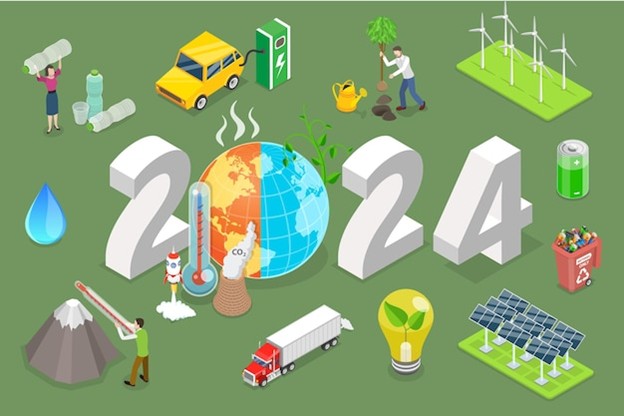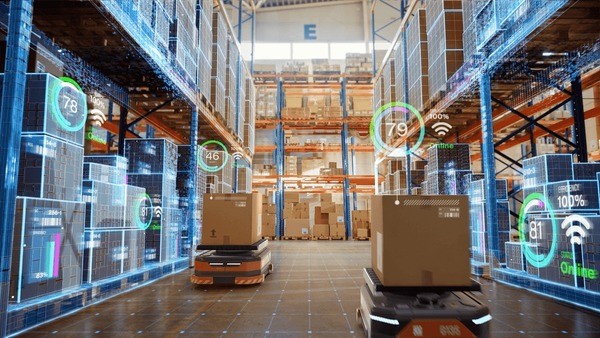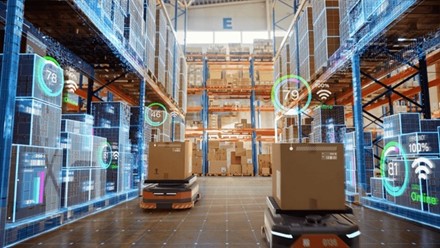last week, a study by the 5 gyres institute, was published in the online journal plos one. it concluded that about 270,000 tons of plastics are floating around our oceans. all of that is broken into 5 trillion pieces, and can be found primarily in gyres, areas of large rotating ocean currents.there are five major gyres on earth the indian ocean gyre, north atlantic gyre, south atlantic gyre, north pacific gyre and the south pacific gyre.read more study finds more than 260,000 tons of plastic floating in the ocean&ldquoof the 5.25 trillion particles, over 90 per cent were micro plastics. those small, small pieces, smaller than a grain of rice,&rdquo said marcus eriksen, an environmental scientist and research director of 5 gyres.and the fact that the plastic is broken up into so many pieces is bad news for anybody who thinks they can easily go out and collect it, said eriksen.&ldquoyou&rsquove got these trillions of particles that are dispersed over twothirds of the planet&rsquos surface, so recovery of most plastics at sea is really unrealistic.&rdquowhile a lot of the plastics out there is lost fishing gear, the packaging we as consumers may unthinkingly toss in the trash also plays a part.&ldquoi challenge the producers and manufacturers of plastics,&rdquo eriksen said. &ldquoif you can&rsquot design it 100 per cent recovery, then design 100 per cent environmental harmlessness.&rdquowhat it meanshaving fish for dinner you might want to think about where that fish was caught.&ldquothe concern now is that these plastics are accumulating in these gyres and they&rsquore found to be more persistent in the marine environment,&rdquo said peter wells, adjunct professor at the faculty of science at dalhousie university in nova scotia. &ldquothey break down into microparticles&hellipand there&rsquos concern about food chain uptake.&rdquo a sample of plastics found in the south atlantic gyre. note the crabs.courtesy 5 gyres institutejody lemmonfish in our oceans are eating some of that plastic, material that is very good at absorbing some dangerous toxins like ddt and pcbs.wells, who is also a senior research fellow at the international ocean institute, is concerned about food chain impacts as a whole. it&rsquos not just about the fish we&rsquore consuming. it&rsquos about cetaceans whales, birds and turtles. and the location of the plastic waste couldn&rsquot be worse.&ldquogyres attract algae, and they attract all sorts of organisms that feed there,&rdquo he said. &ldquoso it seems like the most productive areas biologically and these areas where these plastics are accumulating are occurring together.&rdquowells knows that for most people who live inland, the health of our oceans may not be on their radar. but it should be.&ldquoif people became aware that what happens on land does affect the oceans and the health of the oceans that we&rsquore so dependent upon, then maybe they&rsquod make that connection so when they&rsquore putting something out to recycle, they&rsquore protecting the ocean.&rdquolooking to the futureon whom is the onus to reduce pollution consumers manufacturers municipalitiesjames downham, president and ceo of pac, packaging consortium, which works with supply chains and manufacturers on packaging, said that the industry knows of the need to reduce packaging and is taking steps to that end. pac created an initiative called pac next whose mandate is to create &ldquoa world without packaging waste.&rdquo&ldquomanufacturers are doing it,&rdquo downham said. but, he added, &ldquoyou can&rsquot throw a switch and convert it overnight. the industry is working very, very aggressively to develop these solutions.&rdquomanufacturers are taking a serious look at their &ldquoendoflife&rdquo packaging, downham said. as an example, he noted cocacola&rsquos plantbottle, the first recyclable plastic bottle that is made from plants.then there&rsquos the case of excessive packaging. and it seems that more and more people are taking note. ylvis death banana @ylvisdodsbananfollowkinky "@worldharv this really is the most ridiculous thing i&39ve ever seen @morrisons bananas stupid pic.twitter.comfduprbkv4u"148 pm 18 nov 2014it&rsquos not that food doesn&rsquot need packaging. a recent study by the world resources institute and the united nations food programme found that every year consumers in industrialized countries wasted about 222 million tons of food. in north america, more than 30 per cent of the food supply is wasted.so it&rsquos not about not needing packaging, it&rsquos about not overpackaging.while many people turn to the toy industry as an example of excessive packaging, dunham said that it doesn&rsquot all lie with them.&ldquois there work needed to be done, absolutely, but if you look at the bulk of packaging, 70 per cent of all packaging go into food and beverage&hellipso the packaging minimization discussion is being replaced by packaging optimization.&rdquothe key is finding a balance between minimizing packaging while at the same time protecting investment. a 3,000 television can&rsquot come in a flimsy box both the consumer and the manufacturer want to ensure good delivery of the product. and a product that ends up broken and has to be returned creates a larger carbon footprint, downham said.and then there&rsquos the need to protect items &mdash such as small usb sticks &mdash from theft.read more plastic bank turns plastic from b.c. shorelines into new packagingkrista friesen, vice president of sustainability at the canadian plastics industry association, said that recycling is a large focus of their organization.&ldquowe do a lot of work with municipalities across canada,&rdquo she said. and that involves trying to get as much different types of plastic as they can into recycling bins.she notes that plastic is much more prevalent than it was years ago. where baby food was once put into glass jars, they are now in plastic bags. pop bottles that used to be glass are now plastic.&ldquothe more we can put in there, the better it is,&rdquo friesen said. &ldquoand we&rsquore seeing better and better success.&rdquoa a beach in the azores, cluttered with wastecourtesy 5gyres institutemarcus eriksenand even if industry and municipalities do their part to ensure that either the plastics and waste is all recyclable, if people don&rsquot put it in their blue boxes, it won&rsquot make a difference.though people have more incentive to return their beer and wine bottles, nothing like that has been done here in canada or the united states for plastic, eriksen noted.not so in germany, which has the pfand system, where consumers are encouraged to bring back their plastic bottles for a return. and that&rsquos part of reducing plastic waste, eriksen said incentives. these could also work for the lost fishing nets that litter the oceans.the solution to saving our oceans from being clogged up with plastics and other waste is a cumulative effort.&ldquothe major thing to consider is human behaviour,&rdquo friesen said. &ldquoyou can build something that&rsquos 100 per cent recyclable and it makes into the ground, then it goes into the wind.&rdquo 






